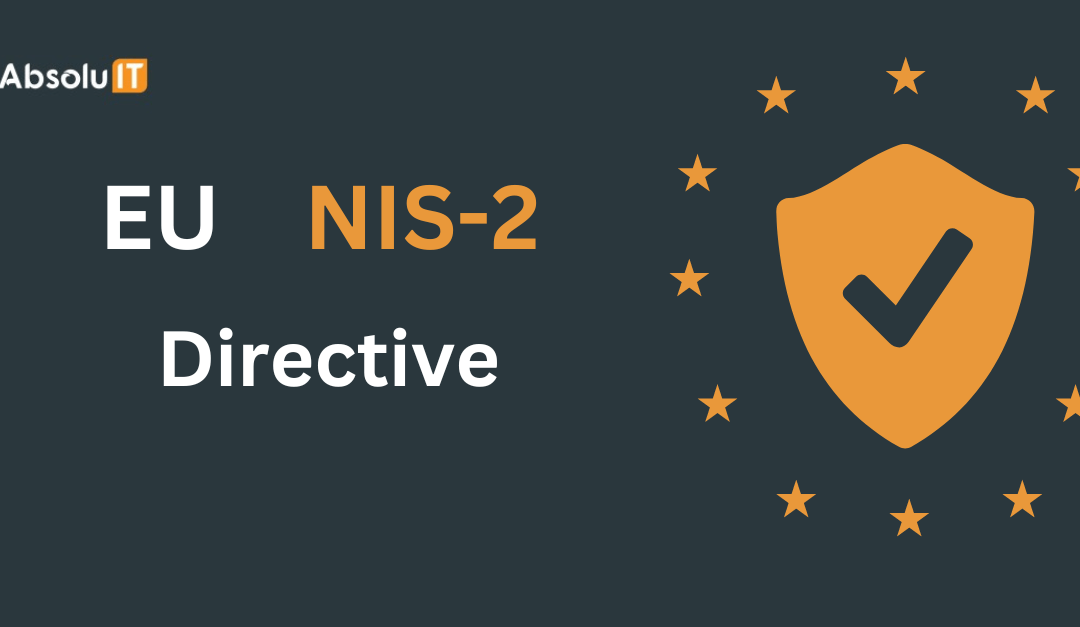Introduction to NIS2
In an increasingly digital world, cybersecurity has become a top priority for organizations across various sectors. The NIS2 Directive, an updated version of the Network and Information Systems Directive, aims to enhance cybersecurity across the European Union (EU) and European Economic Area (EEA). This article will provide a comprehensive NIS2 summary and key guidance for organizations looking to understand its implications and requirements.
The NIS2 Directive builds on the foundations of its predecessor, NIS1, addressing the evolving cybersecurity landscape and aiming to strengthen the resilience of critical infrastructure. In this NIS2 overview, we will delve into the directive’s objectives, key provisions, and practical guidance for compliance.
Understanding the NIS2 Framework
The Need for NIS2
The digital transformation has made organizations more interconnected, exposing them to a wide array of cyber threats. Previous frameworks were inadequate to address the challenges posed by sophisticated cyberattacks. As a result, the NIS2 Directive was introduced to ensure a higher common level of cybersecurity across the EU.
Key Objectives of NIS2
The main objectives of the NIS2 Directive include:
- Enhancing Cyber Resilience: Organizations must adopt security measures to protect against cyber threats.
- Improving Incident Response: The directive mandates reporting significant cybersecurity incidents promptly.
- Fostering Cooperation: Enhanced cooperation between member states is crucial for effective cybersecurity.
Scope of NIS2
The NIS2 Directive applies to a broader range of entities compared to its predecessor. It covers both essential and important entities across critical sectors, including energy, transport, health, and digital infrastructure. This is a significant expansion aimed at protecting essential services that contribute to societal well-being.
Key Provisions of NIS2
1. Security Requirements
Organizations must implement risk management measures to protect their network and information systems. These include:
- Threat Detection and Prevention: Establishing mechanisms for identifying and mitigating threats.
- Incident Management: Developing a response plan for cybersecurity incidents.
- Supply Chain Security: Ensuring that suppliers adhere to cybersecurity practices.
2. Incident Reporting
The directive requires entities to report incidents that significantly disrupt the provision of services. This includes:
- Immediate Notification: Organizations must notify the relevant authorities within 24 hours of detecting an incident.
- Comprehensive Reporting: A detailed report should follow within a specified timeframe.
3. Cooperation and Information Sharing
NIS2 emphasizes the need for cooperation among member states. Key aspects include:
- Collaboration with National Authorities: Organizations should work closely with national cybersecurity authorities to improve resilience.
- Information Sharing: Entities are encouraged to share information about threats and vulnerabilities.
Compliance with NIS2
Steps to Achieve Compliance
Achieving compliance with NIS2 requires a structured approach. Here are some key steps:
- Conduct a Risk Assessment: Identify vulnerabilities within your organization and assess the potential impact of cyber incidents.
- Implement Security Measures: Adopt necessary security controls to mitigate identified risks.
- Develop an Incident Response Plan: Prepare a comprehensive plan to respond to cybersecurity incidents effectively.
- Training and Awareness: Regularly train employees on cybersecurity best practices to enhance overall security posture.
Monitoring and Reporting
Organizations must continuously monitor their network and systems for anomalies. Regular reporting to relevant authorities is also essential to ensure compliance with NIS2.
NIS2 Guidance for Organizations
Practical Tips for Implementation
To aid organizations in understanding and implementing the NIS2 Directive, here are some practical tips:
- Understand Your Obligations: Familiarize yourself with the specific requirements applicable to your organization.
- Engage Stakeholders: Involve key stakeholders across your organization in the compliance process.
- Leverage Technology: Invest in cybersecurity tools and solutions to enhance your security posture.
- Stay Updated: Keep abreast of developments in the NIS2 framework and adjust your practices accordingly.
Creating a NIS2 Compliance Plan
A well-defined compliance plan is crucial for achieving and maintaining compliance with the NIS2 Directive. Your plan should include:
- Objectives and Goals: Clearly outline your compliance objectives.
- Timeline: Set a realistic timeline for achieving compliance.
- Resource Allocation: Allocate necessary resources, including personnel and budget, for compliance efforts.
Conclusion
The NIS2 Directive represents a significant step toward enhancing cybersecurity across Europe. Understanding the key provisions and implementing effective strategies is vital for organizations seeking to comply with this directive.
In summary, this article has provided a detailed NIS2 summary and key guidance for your organization. By following the outlined steps and understanding the implications of NIS2, you can enhance your cybersecurity resilience and contribute to a more secure digital environment.
Additional Resources
For further information on the NIS2 Directive, consider exploring the following resources:
- EU NIS2 Directive Official Documentation: Access the full text of the directive for detailed insights.
- Cybersecurity Training Programs: Enroll in training programs to enhance your team’s cybersecurity skills.
- Risk Assessment Tools: Utilize tools designed to assess and manage cybersecurity risks effectively.
By integrating these resources and maintaining a proactive approach to cybersecurity, your organization can better navigate the challenges posed by the NIS2 Directive and ensure compliance.
